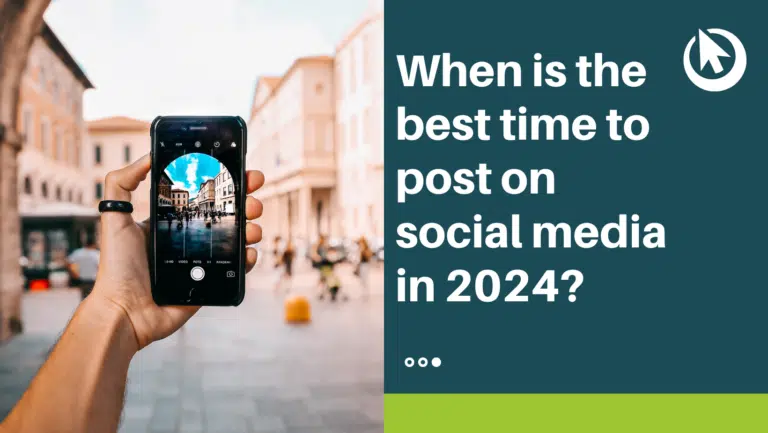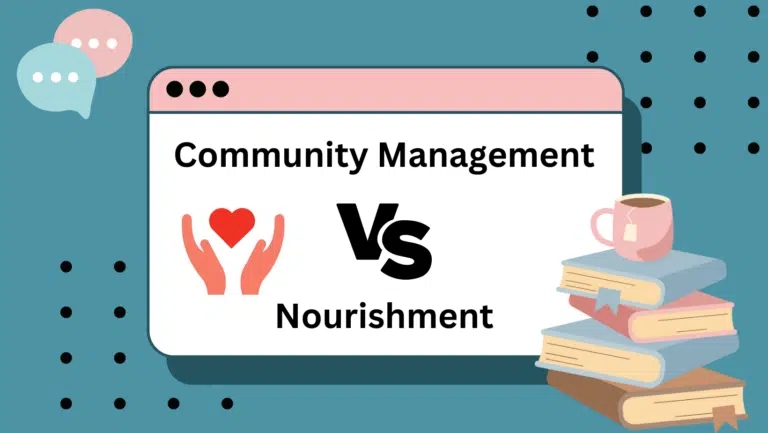Website optimisation isn’t as elusive as you might think – at its heart, it simply comes down to putting your visitors first, and giving them the best possible experience. In this blog, we’ll look at some of the things you can do to achieve optimisation success.
What does website optimisation mean?
Website optimisation is the process of improving the performance of your website using tried-and-tested techniques and some experimentation.
Making sure your website is functioning well is an important step towards achieving your digital marketing objectives, such as increasing traffic and generating qualified leads.
There are two parts to website optimisation that work together closely:
- SEO or search engine optimisation
- conversion rate optimisation (CRO)
SEO is about getting pages of your website listed on search engine results pages for keywords and phrases related to your business. If your website isn’t among those listed, then you’re missing out on a potentially large audience.
Once you have them on your site, you need to give your visitors a superior experience, and this is where conversion rate optimisation comes in. CRO is all about leading your visitor through your site towards a goal or desired action.
This is your opportunity to grow your revenue by converting visitors into leads, and leads into customers. If you can master CRO, then you’ll be well-placed to make the most of your SEO efforts.
Why is web optimisation so important?
If your website isn’t appearing in search engine results, then you’re missing out on a piece of the pie. Experts predict that by next year (2023) ecommerce will make up around 22% of global retail sales.
The Internet also plays a part in purchasing decisions made offline as well. It’s now the go-to place to find solutions to problems and get product referrals.
A huge proportion of shoppers (some predict as many as 43%) research products online via social networks before they make a purchase.
One of the leading sources of traffic for ecommerce websites is organic search, but more specifically, Google.
How to optimise your website for search engines
If you want to rank on Google’s results pages, then you need to make sure your website is fully optimised for search engines.
Our five-step plan covers the basics that you need to know about.
1. Audit your website
Before you do anything else, we recommend starting with a basic audit of your website to discover where the problems are and identify opportunities for improvement.
As well as looking at the technical side of your site, you will also get to see how well your website is currently performing. You can expect an audit to include things like:
- speed scores (how long it takes web pages to load)
- current positioning tracking
- domain overview i.e. how it performs compared to similar websites
- number of backlinks to your site
- conversion analysis
Start outranking your competitors by taking advantage of Click Through Digital’s FREE SEO website audit.
2. Keyword research
Keyword research is a fundamental part of optimising your website for search engines.
To have a chance of ranking, the content on your website needs to marry up with the keywords and phrases that your target market is using to search for your area of work.
There are lots of free tools out there that can help with your keyword research, but they can only provide limited information, and you may end up paying to upgrade.
TOP TIP: if you’re just starting out, try using Google’s auto complete function or looking at the ‘people also ask’ and ‘related searches’ section further down the results page.
Keyword research gives you an insight into the things people want to know more about, and what questions they need answering. Knowing this will help you deliver content that people are really interested in reading, and you’re more likely to rank higher.
3. Content/on-page SEO
You might have heard the saying ‘content is king’ and it’s true that it plays a big part in search engine optimisation. Google loves fresh content, but it has to be optimised in the right way for it to understand its relevancy.
On-page SEO tactics include things like:
- using keywords in the body copy early on
- using keywords in the title tag (at least one H1 tag/page)
- including a keyword in the URL
- including internal links to other relevant pages on your site
Your content should be authoritative and unique, and more than anything it should answer the reader’s search query. If you’re writing good quality content, then you’re already halfway there.
4. Technical SEO
Technical SEO is all about helping web crawlers index your site more efficiently.
One of the most important ranking factors is speed, or in other words, how fast your website loads. This is a big issue for Google, but it also affects the user experience.
Websites that are slow to load have a higher bounce rate, because users simply get fed up of waiting and leave almost straight away. Faster load times can increase the dwell time on your site, which will improve your search ranking AND your conversion rate.
How well your website works on mobile is also an important part of technical SEO.
5. Off-site SEO and backlinks
Off-site SEO refers to the things that are happening away from your website that have an impact on how it’s perceived by Google. Arguably the most important signal is the number of backlinks your website has, i.e. how many other websites link to yours.
If you are publishing content that other credible websites want to share, then Google will assume that you are an authority on the subject and worth ranking highly.
Where does conversion rate optimisation fit in?
Many of the ranking factors we’ve covered play a part in optimising your website for conversions as well as search engines. Things like page load speed, mobile-friendly website design, and quality content all affect the user’s experience.
When you’re designing your website, look at everything that could affect the user, from branding and logo design to site navigation and disability access.
Think about the journey your visitor will take, from arriving on your website to reaching the goal or point of conversion. Is there an obvious path? Is the navigation easy to use? Are the call-to-action buttons clear?
The bottom line is when you put the user’s experience first, you’re also pleasing Google.


